https://www.youtube.com/watch?v=y2lgutQ0HLg
The Drawing Exercise that Changed My Life
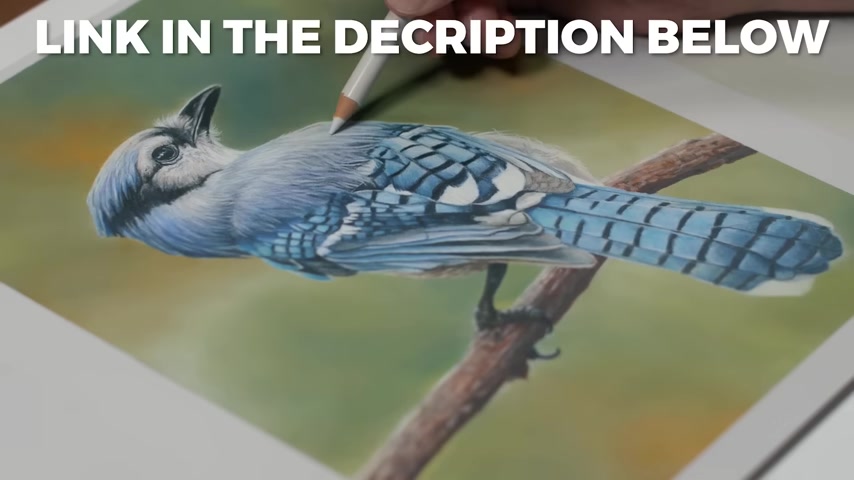
In this video , I'm gonna share with you a drawing exercise that changed my life and maybe it'll do the same for you as well .
Hello there , everyone .
Matt here with the virtual instructor dot com .
And in this video , I'm gonna share with you a drawing exercise that absolutely changed my life .
That's one of the reasons why I'm sitting here talking to you today .
But before we get into that , I'd like to remind you if you haven't done so yet .
Make sure you subscribe to the channel and click on that notification bell .
So you're notified whenever we upload new videos like this .
If you want to take your drawing and painting skills to another level , we have a program for that .
Our program over at the virtual instructor dot com includes a variety of drawing and painting courses on a variety of subject matter media , weekly live lessons which are all recorded and stored in our vault .
So you can go back and watch previous live lessons even from years past weekly critiques as part of the member's minute in a year long curriculum for visual arts teachers .
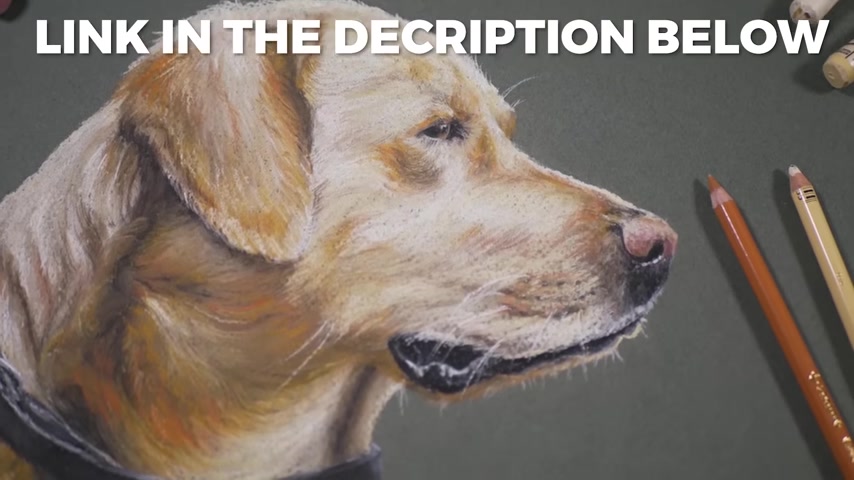
If you want to check out our program I'll leave a link in the description below .
Everyone starts off with a weeklong trial for free .
So you can see if the program is right for you .
If you want to just dabble a little bit and check out three of our course videos and ebooks for free .
I'll leave a link in the description below for that as well .
Now , let's move on to this drawing exercise .
I remember the first time I was exposed to this drawing exercise , I was about 12 years old and it had such an impact on me because it was the first time I realized that drawing is actually a skill and uh we can learn how to draw no matter what our background is .
Now , this drawing exercise comes from the fantastic book drawing on the right side of the brain by Betty Edwards .
And if you're interested in being a representational artist , you absolutely need to take a look at this book because it's just fantastic for understanding and how drawing works according to our brains .
Now , the premise of this book is based on the hemispheres of our brain .
We obviously have a left hemisphere in a right hemisphere .
These are commonly referred to as the left side and the right side of the brain obviously .
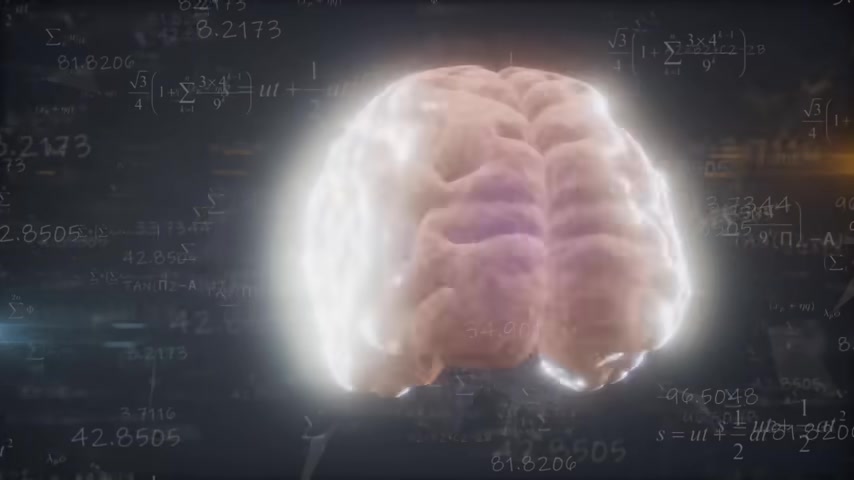
Now the left side of our brain is responsible for more analytical aspects of things that we have to process like mathematics .
While the right side of our brain is more responsible for creative type processes like drawing and painting .
Now , we obviously can't create a piece of artwork without using both our left brain and our right brain .
The problem is for some folks , their left brain gets in the way .
Perhaps you've had someone say , just draw what you see and they tell you to you in a way that seems very easy .
But whenever you try to draw what you see , it doesn't ever turn out the way that it actually looks .
For example , let's say you're drawing a shoe and you're looking at a shoe to draw it and everything .
But the shoe that you draw looks like a shoe maybe , but it doesn't look like the actual shoe that you were looking at .
And this is because you have your left brain shouting at you the whole time saying draw a shoe , draw a shoe .
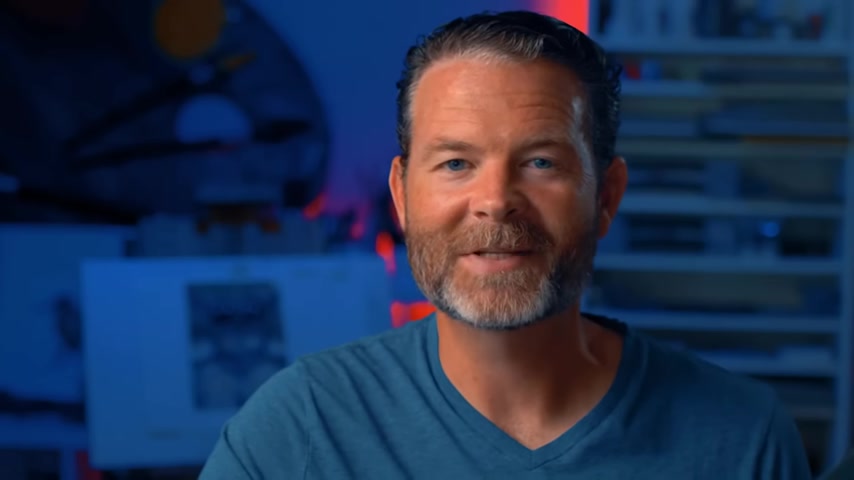
So as a result from memory , your analytical side of your brain puts together bits of information and draws a shoe .
It's just not the way that we see a shoe in reality .
However , if we can isolate our right brain which functions more on line shape , form value , color and texture , then we're gonna have a better chance of actually replicating what we see in reality .
Now , if you're sharp , you'll realize that those elements that I just mentioned line shape form , color value , text .
Sure , those are the elements of art .
And as artists , we take those elements of art and arrange them in a drawing or painting to communicate a subject .
Now we can communicate our subjects in a more abstract way .
And the result is abstract art or we can arrange these elements in a way that produces more of a representational drawing .
The trick is if we're trying to create a representational drawing , we need to allow our right brain to dominate a little bit more over the top of our left brain .
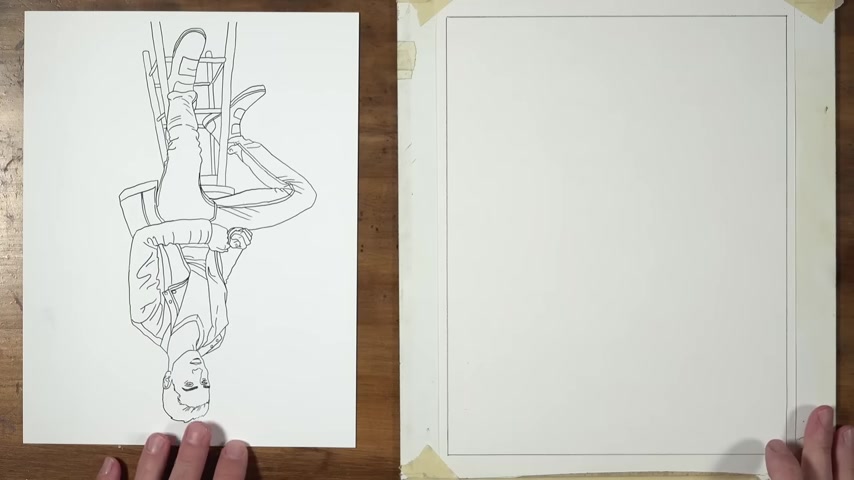
And this drawing exercise that I'm about to share with you does just that .
Now , we'll just start here with the photo reference and this gentleman looks like a good reference .
We'll turn this photo reference into a line drawing and you can do this through tracing if you prefer .
Now , I'm gonna use this line drawing to create a drawing on a sheet of paper .
That's exactly the same size .
But instead of drawing it right side up , I'm gonna simply turn our line drawing upside down and then draw from the upside down reference .
What's gonna happen here is it's gonna force my mind to not think about what I'm drawing , but instead focus on the lines and shapes that I actually see .
So you can see it takes my left brain out of the process almost completely .
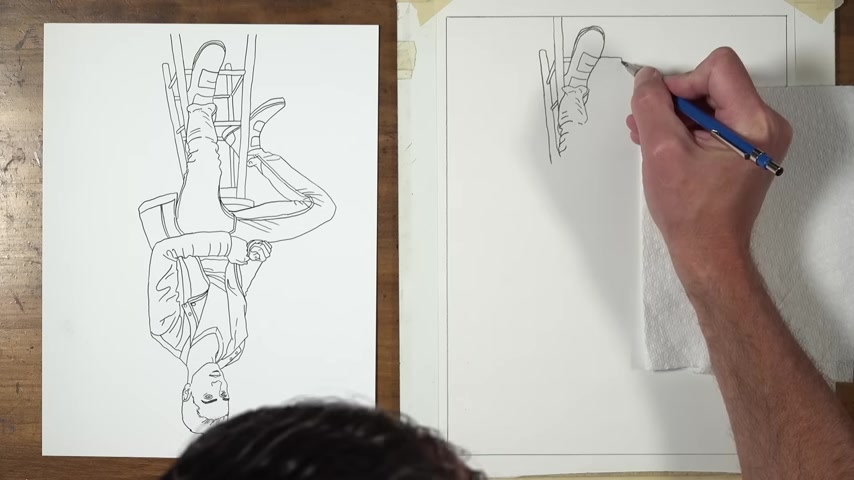
Now , as you go through this exercise , you'll actually start to feel your mind shift and you'll notice that you are concentrating on the lines and shapes instead of the actual objects that you're drawing now , this shift won't happen immediately , but it will happen , you're almost forced into it .
Of course , making mistakes is acceptable .
As you can see , I'm erasing a little area .
In fact , if you see mistakes , that is actually a good sign , that means you're actually understanding the spatial relationships that are happening between the lines and the shapes that are creating .
This ultimately leads to better representational drawing because this is how we draw representation .
As artists , we have to take out the subject matter and take our left brains out of the process essentially .
And instead allow our right brains to take over and focus on what we're actually seeing .
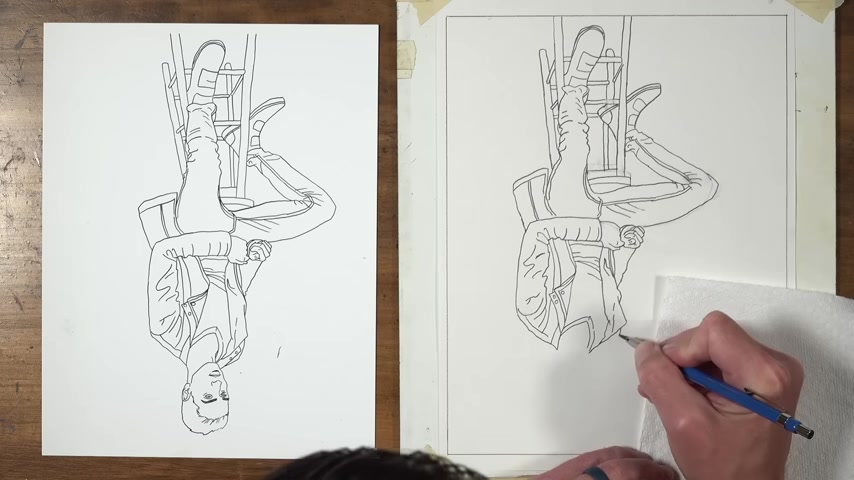
This is how we create illusions in drawings and paintings .
Now , you can see I'm only using lawns for this drawing and you could do this with values as well if you prefer or colors .
But this process using only lawns is definitely sufficient for starting to train your brain to see things differently , to start making your brain start to see the world as an artist sees the world when they're trying to create a representational drawing .
Now , obviously , we should draw all of our drawings upside down using references that are upside down , that might seem a little bit silly .
But this drawing exercise is one that you should probably revisit every once in a while .
And if you've never done it before , you should definitely do it .
Because again , this drawing exercise is the one that changed my life and helped me understand the way that we see the world as artists .
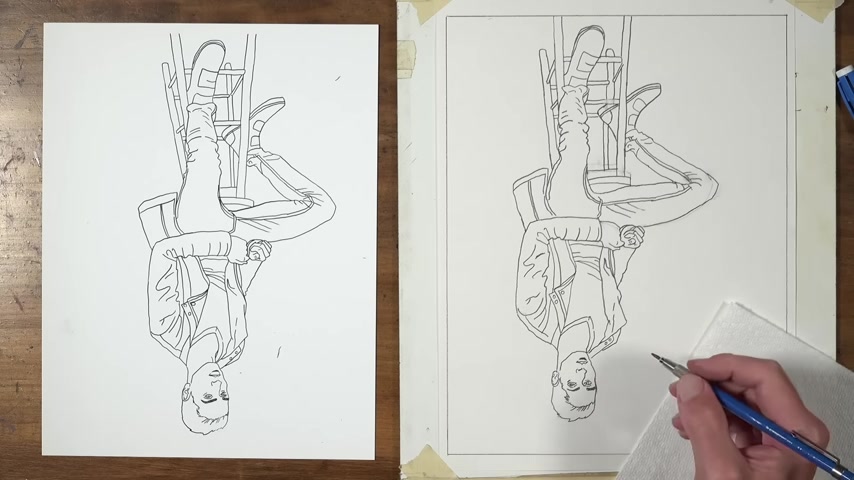
And also more importantly , that drawing is a skill that anyone can learn .
Now , once your upside down drawing is complete , you can flip your drawing paper over and compare it with your reference .
Now , obviously , all the lines aren't exactly the same , but it's a pretty good representation of the line drawing .
Thanks so much for watching this video .
I hope you enjoyed it .
I hope you were able to pick up a couple of things here and there .
Remember drawing is a skill that anyone can learn and develop .
But for some of us that means that we need to work on training her right brain and the exercise I just shared with you .
Does that .
Are you looking for a way to reach a wider audience and get more views on your videos?
Our innovative video to text transcribing service can help you do just that.
We provide accurate transcriptions of your videos along with visual content that will help you attract new viewers and keep them engaged. Plus, our data analytics and ad campaign tools can help you monetize your content and maximize your revenue.
Let's partner up and take your video content to the next level!
Contact us today to learn more.